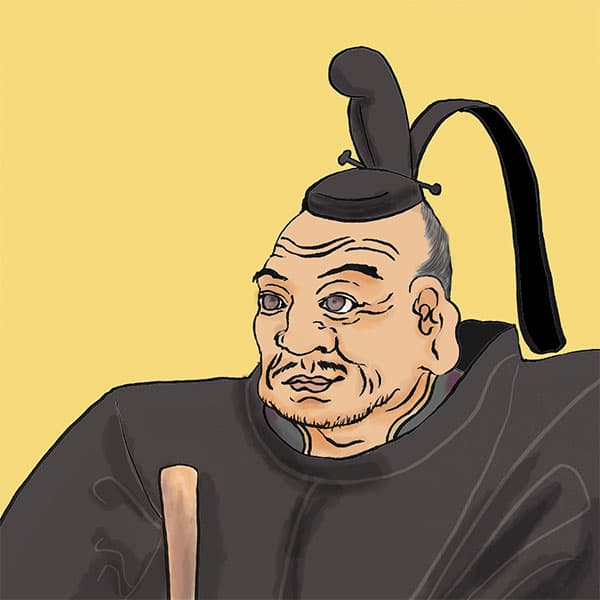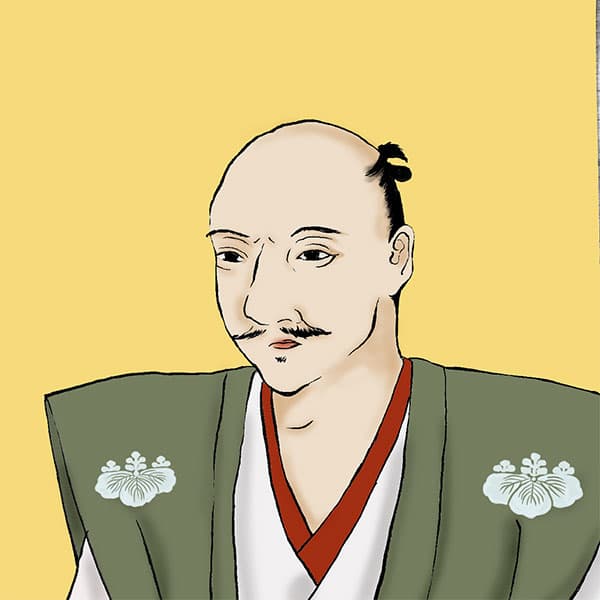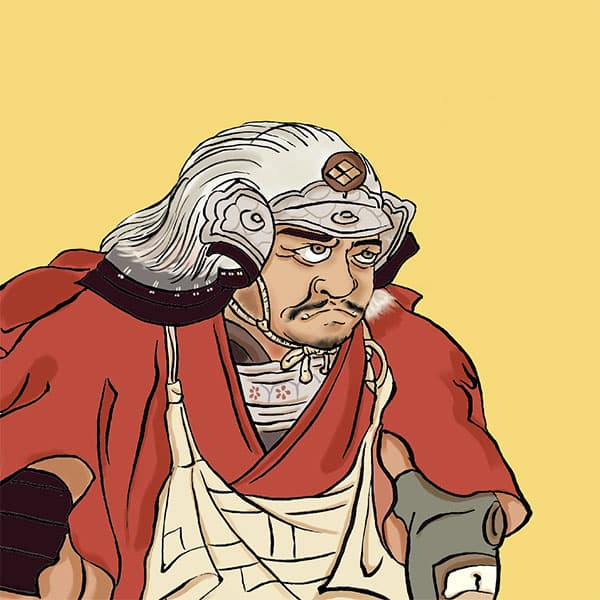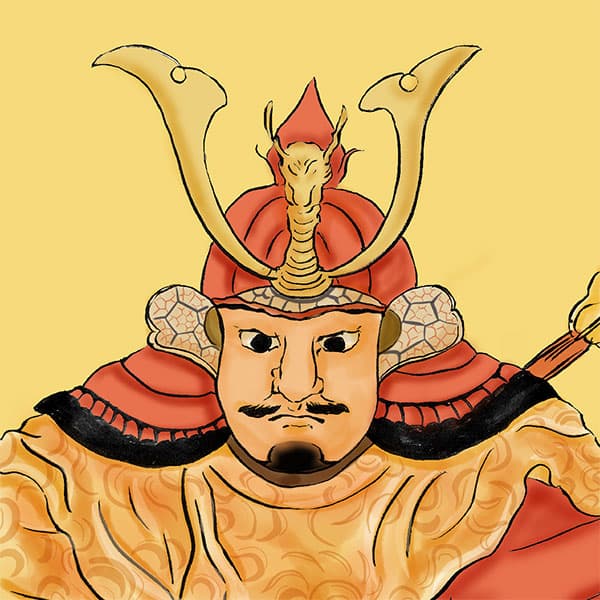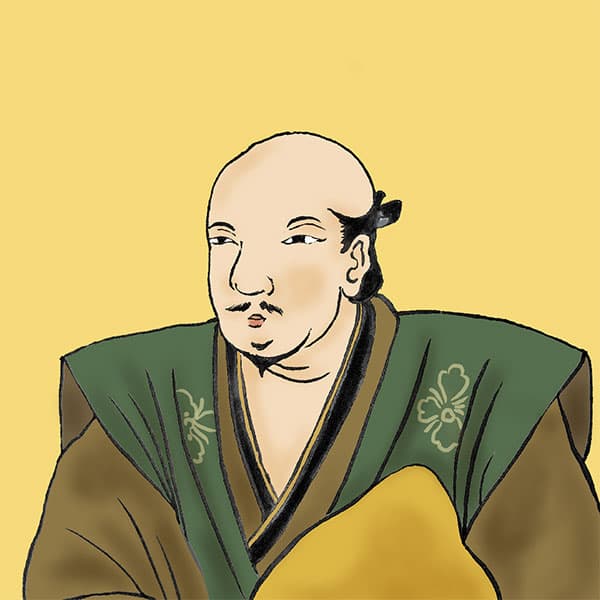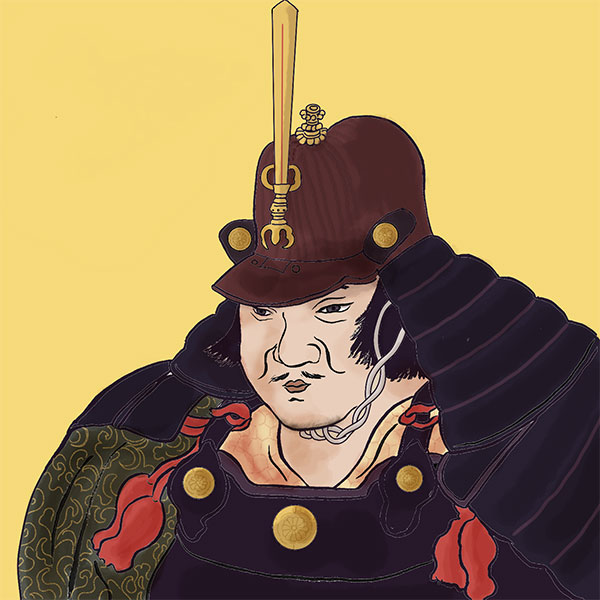Battle of Mikatagahara (1/2)Ieyasu defecates unexpectedly! ? "Battle of Mikatagahara" ~ Takeda Shingen VS Tokugawa Ieyasu

Battle of Mikatagahara
- Article category
- case file
- Incident name
- Battle of Mikatagahara (1573)
- place
- Shizuoka Prefecture
- Related castles, temples and shrines

Hamamatsu Castle
- people involved
Tokugawa Ieyasu survived the Sengoku period and built the Edo shogunate, which lasted for 260 years. The battle in which Ieyasu is said to have been prepared to die was fought with Takeda Shingen on December 22, 1573 (January 25, 1573) at Mikatagahara (Hamamatsu City, Shizuoka Prefecture). ``The Battle of.'' The Tokugawa army was defeated and Ieyasu was so frightened that he defecated while escaping, but this story is now widely believed to be false. In this article, we will explain in detail the Battle of Mikatagahara, which has many mysteries because the contents vary depending on the documents.
Background of the Battle of Mikatagahara
The Battle of Mikatagahara was fought on December 22, 1573 (January 25, 1573) by the combined forces of Tokugawa Ieyasu and Oda Nobunaga against Takeda Shingen at Mikatagahara (Hamamatsu City, Shizuoka Prefecture). is. The situation at that time was during the so-called "Second Nobunaga Siege", when Yoshiaki Ashikaga, the 15th shogun of the Muromachi Shogunate, who was in deep conflict with Nobunaga, called on military commanders to subjugate Nobunaga. .
At that time, Shingen attacked the Imagawa clan, which had been weakened by the Battle of Okehazama in 1560, and had just gained Suruga Province (central Shizuoka Prefecture) in 1569. Shingen thought, ``Next, we should attack Mikawa (Aichi Prefecture), which was ruled by Ieyasu!'' In the midst of all this, the general had talked about Nobunaga's siege network, which could be considered a just cause, so it was a great opportunity for Shingen.
In addition, Shingen had previously been in conflict with the Hojo clan, but with the death of Hojo Ujiyasu in 1571, he revived his alliance with the Hojo clan. Moreover, he put a stop to his long-time rival, the Uesugi clan, by collaborating with Hongan-ji Temple and causing a large-scale Ikko-ikki uprising in Etchu (Toyama Prefecture). After calming down the surrounding area, we finally began the ``Nishigami Operation'' to invade Tokugawa and Oda territories.
On the other hand, speaking of Ieyasu, in addition to Mikawa, he also gained Totomi (western Shizuoka Prefecture) by invading Suruga. At this time, Ieyasu was in a cooperative relationship with Shingen, but Shingen began to distrust him because he showed signs of interfering with the acquisition of Totomi. Ieyasu must have been wary of the powerful Shingen's territory in the neighboring country. Meanwhile, Shingen attacked.
What is Operation Nishigami?
What was Takeda Shingen's "Nishigami Operation"? First, Shingen divided his army into three parts and attacked Totomi, Mikawa, and Mino (Gifu Prefecture). There are various theories about the intention, but
- It was assumed that he would move to the capital.
- The purpose was to pacify Totomi and Mikawa, which were ruled by Tokugawa Ieyasu.
- A battle to defeat Oda Nobunaga on the premise of going to Kyoto
The main theory is that.
Since Shingen died during the operation in 1573, it is unclear what he intended, and debate continues.
Now, on September 29th, Yamagata Masakage (5000) set out as an advance force and attacked Mikawa. From that army, a detached force (2,500-5,000 men) led by Torashige Akiyama (Nobutomo) separated and marched into Higashi Mino, capturing Iwamura Castle, which was ruled by Otsuya, Nobunaga's aunt.
The battle of Iwamura Castle was a siege battle. Otsuya waits for Nobunaga's reinforcements, but Nobunaga is unable to help due to other battles. In the end, Torashige proposed a bloodless surrender of the castle on the condition that he would marry Otsuya, and Otsuya agreed and surrendered the castle on November 14th.
Meanwhile, the main force (20,000 to 22,000 men) led by Shingen departed on October 3rd and invaded Totomi on the 10th. They proceeded to capture the castles of the Tokugawa side, and on the 13th, they fought against the Tokugawa army that came to scout at Kotototsu-zaka. The Takeda army won this battle, known as the ``Battle of Hitotokozaka,'' which could be considered a prelude to the Battle of Mikatagahara. Ieyasu returned to Hamamatsu Castle with the help of Honda Tadakatsu. Furthermore, after this battle, a kyōka became popular: ``There are two people who are better than Ieyasu, and the head of the Tang Dynasty is Honda Heihachi (= Tadakatsu).''
After winning the Battle of Hitotozaka, the Takeda army besieged Futamata Castle, an important base for Ieyasu in the northern part of Totomi. They join up with Yamagata Masakage's detached force and attack the castle, but are unable to capture it. The strategy that Shingen came up with was the "Water Cut" strategy. Futamata Castle did not have a well, so water was drawn from the nearby Tenryu River using a fishing bottle, but this facility was destroyed and water was cut off. This strategy was successful, and the Tokugawa side surrendered and surrendered the castle on December 19th. Shingen left Yoda Nobaba as his commander in the castle and departed for Hamamatsu Castle on December 22nd. The Battle of Mikatagahara has finally begun.
Battle of Mikatagahara ① Takeda army passes Hamamatsu Castle! ?
After the Battle of Futamata Castle, Tokugawa Ieyasu thought that Shingen would attack his home base of Hamamatsu Castle next, so he strengthened the castle's defenses. 3,000 reinforcements had arrived from Oda Nobunaga, and Ieyasu was steadily preparing for battle. However, on his way to Hamamatsu Castle, Takeda Shingen changed course at Mikatagahara and headed towards Lake Hamana. It was a provocative act that threatened to bypass Hamamatsu Castle and attack Mikawa.
Ieyasu decided to go to war in response to this provocation. The Tokugawa army numbered about 11,000, including reinforcements, and the Takeda army numbered about 27,000 (some say it was 30,000 or 40,000). We were clearly at a disadvantage. Ieyasu decided to go to war, shaking off his vassals who opposed his departure, saying, ``Shingen should be left alone.''
Why did Ieyasu go to war in such a disadvantageous situation?
There are various theories, but the following four theories are the main ones.
- Even though he knew it was a provocation, he dared to go to war to protect the pride of samurai.
- Seeing this as a chance to pursue, he decided to attack the Takeda army from behind.
- Since a large army led by Nobunaga was heading towards Mikawa, he had no choice but to go to battle in order to avoid being abandoned by Nobunaga.
- A skirmish between the scouts escalated into a battle.
In any case, the situation must have been such that he had to go to battle even if he was prepared to lose.
Battle of Mikatagahara ② Fish scale camp VS Crane wing camp
Now, in response to the Tokugawa army's departure, the Takeda army pretended it was ``as planned'' and waited for them at the ``Uoscale Camp'' at Mikatagahara. A fish scale formation is a triangular formation with the center protruding like the shape of fish scales, with the apex of the triangle touching the enemy. It is suitable for a localized attack, and it is speculated that the target was to take the head of Tokugawa Ieyasu.
Ieyasu, on the other hand, deploys a ``Tsuru-winged camp''. This involves arranging soldiers in a V-shape that spreads wide from side to side, resembling the wings of a crane. Suitable for luring the enemy in and closing the wings to surround them. Since they were outnumbered in the first place, I don't think deploying the Crane Wings would have had much of an effect, but Ieyasu was under the assumption that the main force of the Takeda army had already left, or that he had a chance of winning. It is said that they were spread out to make it seem like there were a lot of soldiers in the midst of an empty battle, and to make it easier to escape in case of an emergency.
At around 4:00 p.m., the battle began again with another provocative act by the Takeda army. As the Takeda army begins to throw stones at the Tokugawa army, some Tokugawa military commanders, including Tadayo Okubo, stand out and attack the Takeda army without waiting for orders.
At first, the Tokugawa army gained momentum and had the upper hand, but gradually it became outnumbered and outnumbered, and the army finally collapsed. In just two hours, the Tokugawa army suffered a crushing defeat. According to one theory, the Tokugawa army had 2,000 casualties compared to 200 for the Takeda army. Ieyasu ran away desperately, and managed to escape to Hamamatsu Castle by replacing Natsume Yoshinobu and others with the Takeda army's Yamagata Shokei force.
After arriving at Hamamatsu Castle, Ieyasu carried out the ``sky castle plan'' in which he opened all the gates of the castle and lit bonfires. This was a psychological ploy to deliberately invite the enemy into one's own base, making the enemy suspicious and wondering, ``Maybe this is a trap?'' ``Are there reinforcements?'' It was a strategy that could have resulted in total annihilation if it failed, but it worked perfectly and the Shokeitai pulled out.
Battle of Mikatagahara ③ Ieyasu defecates! ?
Perhaps the most famous episode of the Battle of Mikatagahara is that Tokugawa Ieyasu defecated out of fear while fleeing from the Takeda army. The story goes that after arriving at Hamamatsu Castle, his vassal Tadashin Okubo pointed out that he was defecating, and he made a lame excuse, saying, ``This is miso.''
- people involved

- WriterNaoko Kurimoto(Writer)I am a former travel industry magazine reporter. I have loved history, both Japanese and world history, since I was a child. I usually enjoy visiting temples and shrines, especially shrines, and often do ``pilgrimages to sacred places'' themed around historical figures. My favorite military commander is Ishida Mitsunari, my favorite castle is Kumamoto Castle, and my favorite castle ruins is Hagi Castle. My heart flutters when I see the ruins of battle castles and the stone walls of castle ruins.


